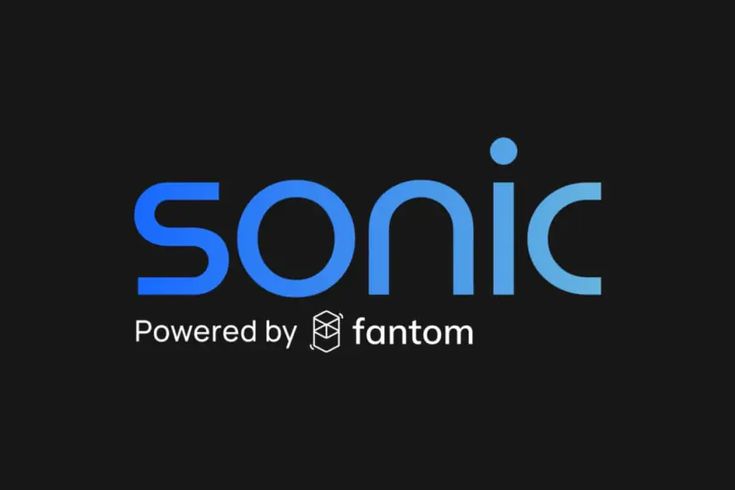CRYPTOCURRENCY

SONIC OUTPACES RIVALS IN BLOCKCHAIN ACTIVITY AMID MIXED MARKET SENTIMENT
Sonic (S) has emerged as a frontrunner in blockchain market activity, with on-chain and decentralized exchange (DEX) metrics signaling a surge in user engagement and capital inflow. However, sentiment among top traders remains cautious, highlighting a divergence between spot and derivative markets.
According to blockchain analytics firm Nansen, Sonic’s active addresses more than doubled last week, surpassing 45,000. The increase in wallet activity, coupled with a rise in token price, suggests accumulating interest from buyers amid relatively low selling pressure.
Supporting this momentum, DEX trading volume for Sonic rose 26% week-on-week to $788 million. This positioned Sonic ahead of several established blockchains, including Avalanche (AVAX), Hyperliquid (HYPE), Aptos (APT), Polygon (MATIC), and Tron (TRX), underlining growing market traction.
Further reinforcing investor confidence, data from Artemis shows Sonic led all blockchains in net liquidity inflow, recording a Bridged Netflow of $37.1 million. Analysts often interpret such inflows as precursors to stronger price action, as they signal increased capital allocation to a blockchain ecosystem.
Despite these bullish indicators, sentiment among top traders on Binance tells a more cautious story. Data from CoinGlass shows the Long-to-Short Ratio among Binance’s top traders stands at 0.7435, indicating that short positions are outweighing longs.
Additionally, the Open Interest Weighted Funding Rate currently sits at -0.0008% — a minor but notable bearish signal suggesting growing short interest in derivatives markets.
While Sonic’s on-chain metrics and user activity point to rising demand and utility, the divergence with derivatives sentiment underscores the market's mixed outlook. Investors are advised to monitor liquidity trends and macro signals closely, as shifts in capital flow or sentiment could determine the next major move for the S token.
"This represents a significant development in our ongoing coverage of current events."— Editorial Board









